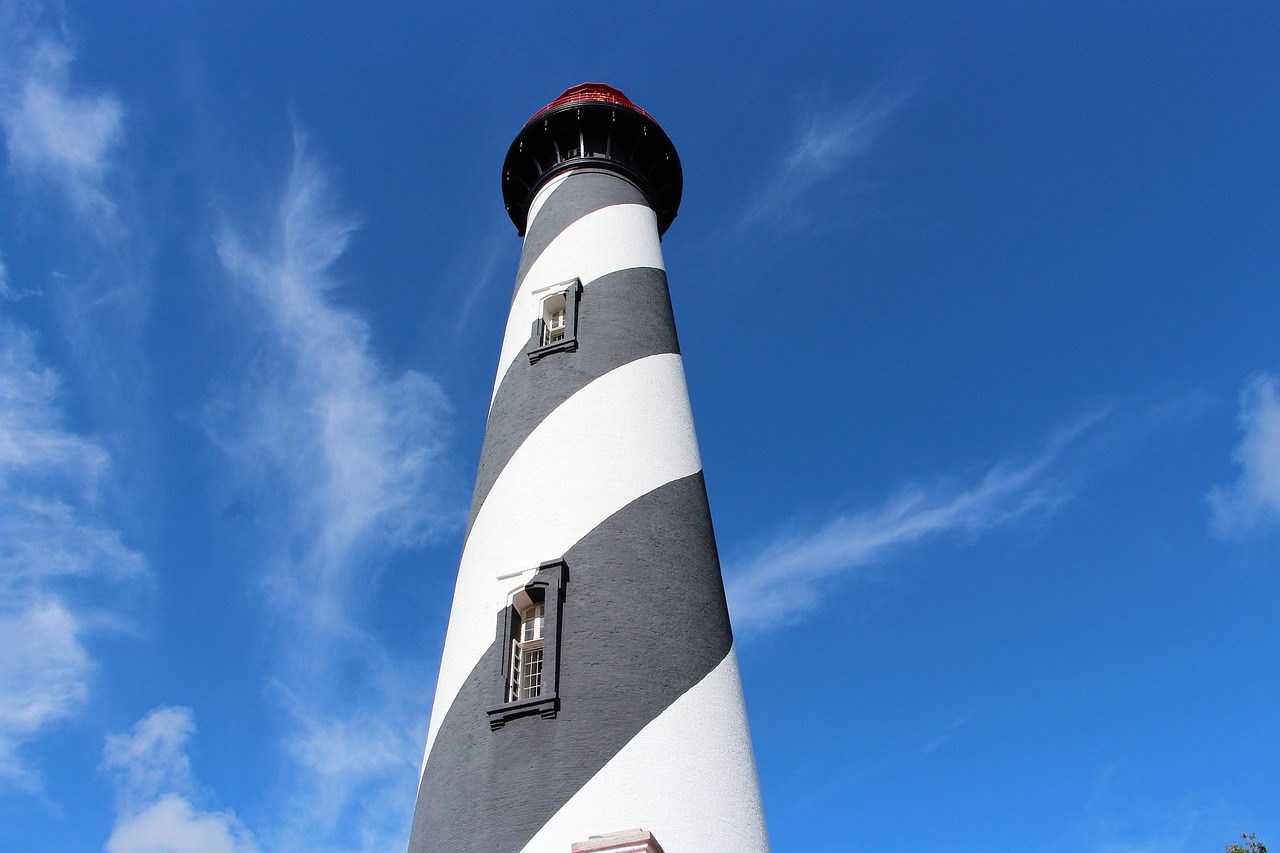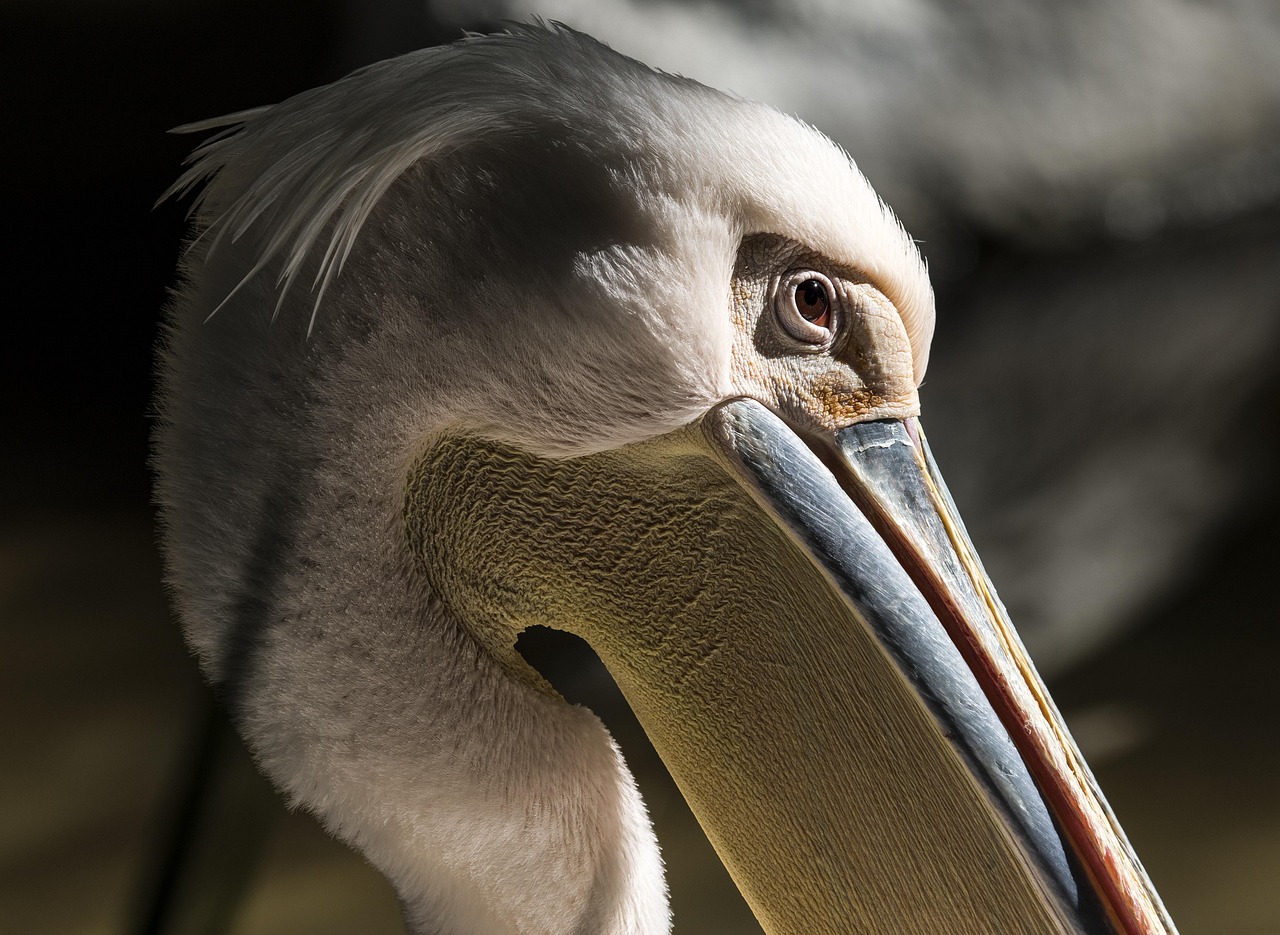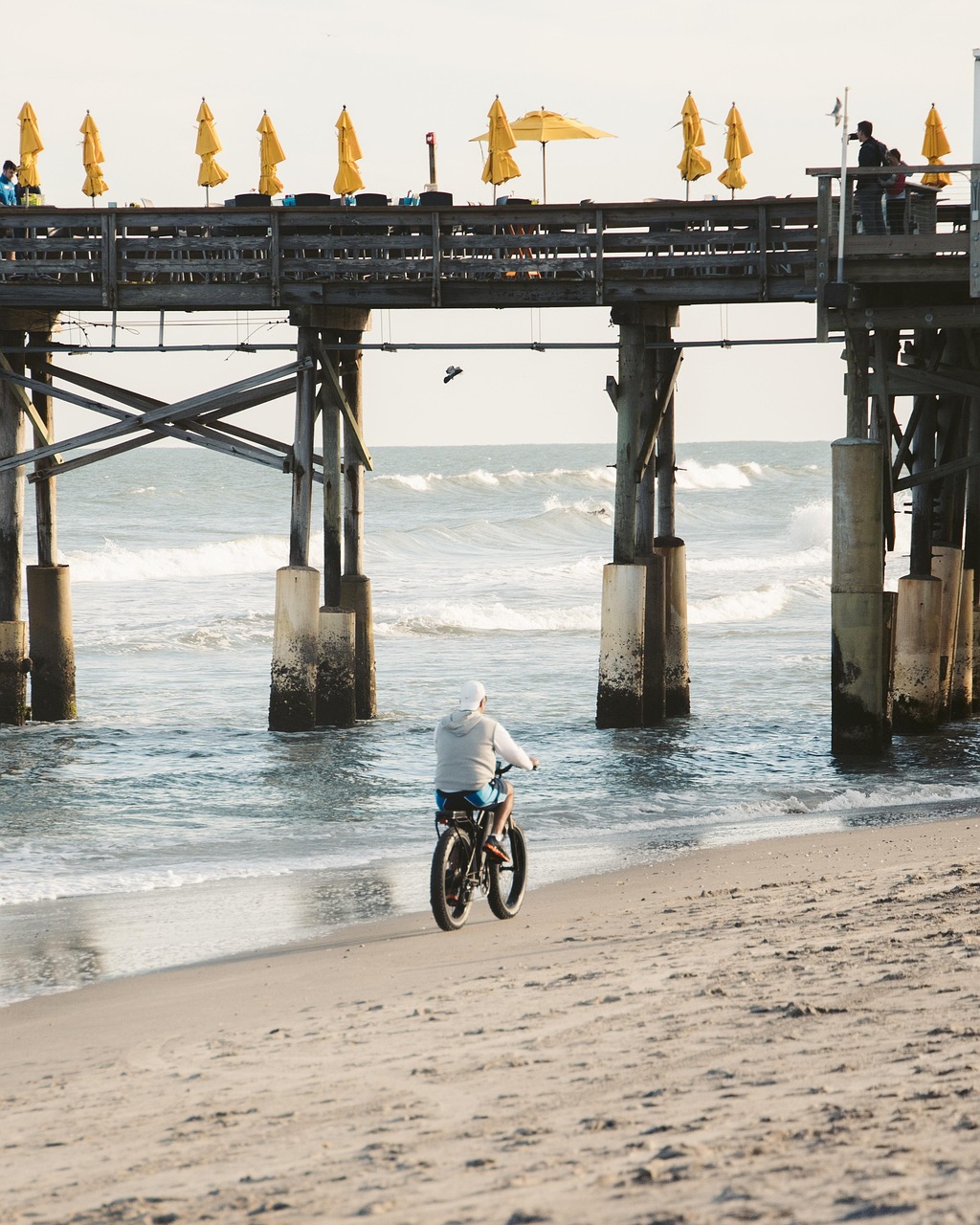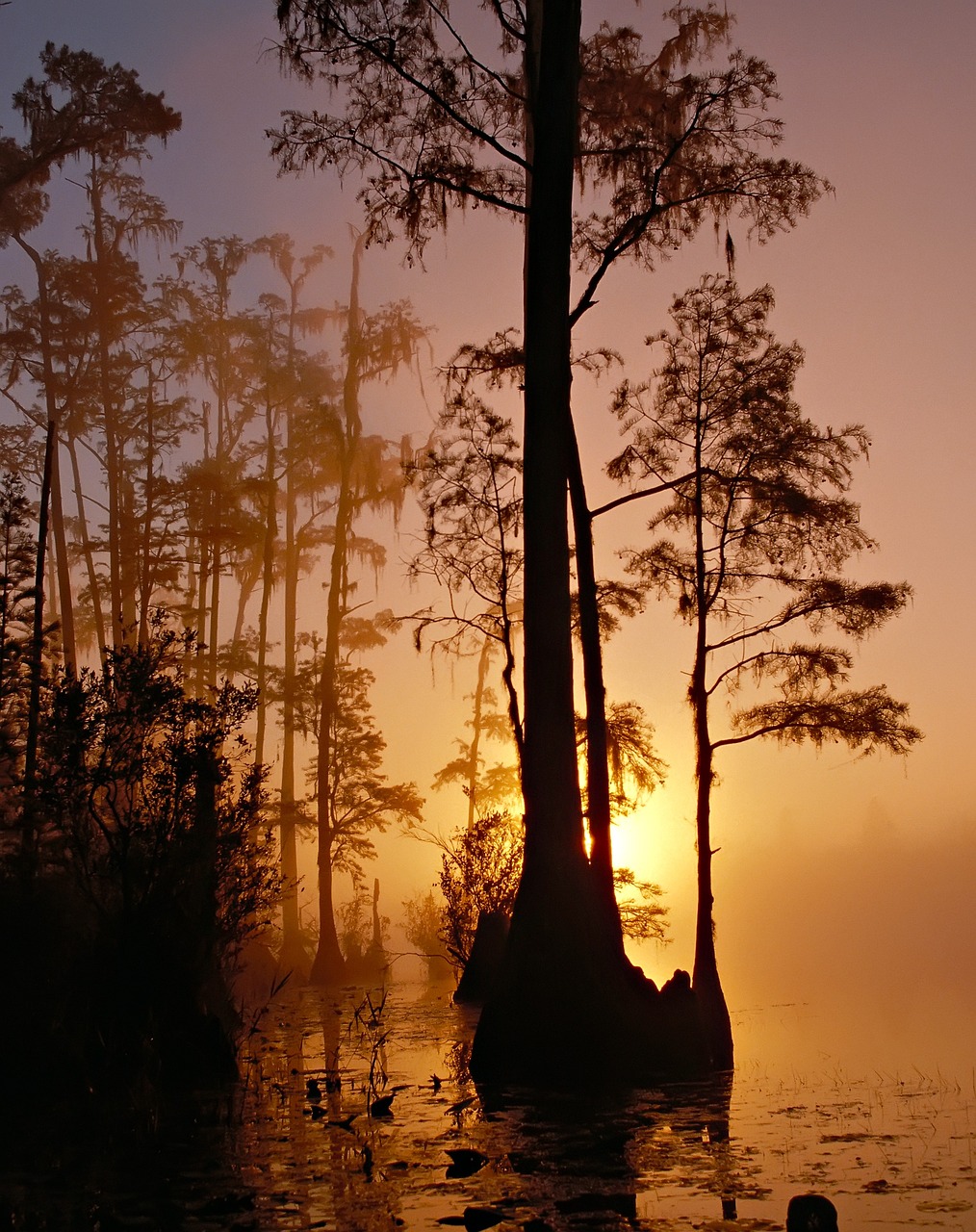Florida is renowned for its stunning beaches and vibrant culture, but one of its most enchanting features often goes unnoticed—the diverse array of wildflowers that blanket the landscape each spring. These natural beauties paint the Sunshine State with a dazzling palette of colors, attracting nature lovers, photographers, and botanists alike. In this article, we will explore the fascinating world of Florida wildflowers, their ecological significance, and the best places to witness their splendor.
Florida’s unique climate and geography create an ideal environment for a wide variety of wildflower species. The state’s subtropical climate, with its warm temperatures and ample rainfall, supports a rich ecosystem. From the sandy shores of the Gulf Coast to the wetlands of the Everglades, wildflowers thrive in diverse habitats. This article delves into the reasons behind Florida’s wildflower richness and highlights some of the most iconic species.

Understanding the ecological importance of wildflowers is crucial. They play a significant role in supporting local wildlife by providing food and habitat. Additionally, wildflowers contribute to soil health and help prevent erosion. Pollinators such as bees, butterflies, and hummingbirds are often drawn to these blooms, making them vital for maintaining biodiversity.
Key Facts About Florida Wildflowers
Florida is home to over 1,000 species of wildflowers. Some of these species are endemic, meaning they are found nowhere else in the world. Here are a few key facts about Florida’s wildflowers:
| Fact | Description |
|---|---|
| Species Diversity | Florida hosts over 1,000 native wildflower species. |
| Endemism | Several species are unique to Florida’s ecosystems. |
| Blooming Seasons | Wildflowers typically bloom from late winter through early summer. |
| Habitat Variety | They can be found in wetlands, prairies, forests, and coastal areas. |
Each season brings a new wave of colors as different species come into bloom. For instance, during the spring months, you can expect to see a stunning display of wildflowers such as the striking bluebonnet and the cheerful coreopsis. These flowers do not only add beauty to the landscape but also create a rich tapestry that supports various forms of life.
Some of the most notable wildflowers include:
- Coreopsis: Known as the state flower of Florida, this flower is celebrated for its bright yellow petals and resilience in various soil types.
- Bluebell: A delicate flower that attracts numerous pollinators with its sweet nectar and vibrant blue color.
- Purple Coneflower: This striking flower is not only beautiful but also known for its medicinal properties.
- Black-eyed Susan: With its sunny yellow petals and dark centers, this flower is a favorite among gardeners and wildlife alike.
The best time to explore Florida’s wildflowers is during the spring season when they are in full bloom. Nature trails and parks across the state offer excellent opportunities for viewing these spectacular displays. Locations such as Paynes Prairie Preserve State Park and the Big Cypress National Preserve provide ideal settings for wildflower enthusiasts.
In addition to their beauty, Florida’s wildflowers have cultural significance as well. Many Native American tribes have used these plants for medicinal purposes or incorporated them into their traditional practices. Preserving these native plants ensures that future generations can appreciate their history and value.
Notable Wildflower Species in Florida
Florida’s rich tapestry of wildflowers includes many species that stand out due to their unique characteristics, beauty, and ecological importance. Understanding these notable wildflowers can enhance your appreciation for the state’s natural landscape. Below, we explore some prominent species that represent Florida’s floral diversity.
1. Florida Tickseed (Coreopsis floridana)
The Florida Tickseed is a vibrant yellow flower that blooms from spring to early summer. It is the official state wildflower and is easily recognizable by its bright petals and distinctive shape. This flower thrives in various habitats, including roadsides, open fields, and disturbed areas.
- Habitat: Prefers sandy soils and full sun.
- Height: Can grow between 1 to 3 feet tall.
- Pollinators: Attracts bees and butterflies.
2. Carolina Jessamine (Gelsemium sempervirens)
This evergreen vine produces fragrant yellow flowers in late winter to early spring. Carolina Jessamine is often found climbing on fences and trees, creating stunning visual displays. Beyond its beauty, it serves as an important nectar source for early spring pollinators.
- Habitat: Thrives in woodlands and along roadsides.
- Height: Can reach lengths of up to 30 feet.
- Uses: Often used in landscaping for its ornamental value.
3. Wild Bluebell (Campanula poscharskyana)
Wild Bluebell is a charming flower with bell-shaped blooms that appear in shades of blue to violet. This perennial plant is commonly found in moist, sandy soils and is known for its ability to thrive in shaded areas.
- Habitat: Prefers moist, well-drained soils in partial shade.
- Blooming Period: Typically blooms from late spring to early summer.
- Ecological Role: Provides nourishment for a variety of pollinators.
The Importance of Pollinators

Pollinators play a critical role in the lifecycle of wildflowers. They facilitate the process of fertilization by transferring pollen from one flower to another, leading to seed production. This interaction is essential for maintaining healthy ecosystems. In Florida, several types of pollinators are especially prominent.
Types of Pollinators
- Bees: Native bee species are vital for the pollination of many wildflowers.
- Butterflies: Known for their beauty, butterflies are also important pollinators for various flowering plants.
- Hummingbirds: These birds are attracted to brightly colored flowers, contributing to pollination as they feed on nectar.
Creating a wildflower garden can help support these pollinators. By planting native species, gardeners can provide food sources and habitat for bees, butterflies, and hummingbirds, fostering biodiversity in their local areas.
Wildflower Viewing Locations

If you’re eager to witness Florida’s wildflowers firsthand, there are several prime locations across the state that offer breathtaking displays. Here are some must-visit spots:
- Paynes Prairie Preserve State Park: Famous for its diverse ecosystems and wildflower populations, this park is a top destination for nature lovers.
- Big Cypress National Preserve: Home to unique flora and fauna, this preserve showcases a variety of wildflowers throughout the year.
- Myakka River State Park: Known for its expansive wetlands and rich biodiversity, Myakka offers opportunities to see numerous wildflower species in their natural habitat.
Visiting these locations not only allows you to enjoy the beauty of wildflowers but also provides an opportunity to connect with nature and understand the importance of conservation efforts.

Wildflower Conservation Efforts in Florida
As awareness of the ecological importance of wildflowers grows, so do conservation efforts aimed at protecting these vital plants and their habitats. In Florida, various organizations and initiatives work tirelessly to ensure that wildflower species thrive for generations to come.
1. State and Federal Initiatives
Numerous state and federal programs are dedicated to the conservation of native plants, including wildflowers. These initiatives often focus on habitat protection, restoration, and public education. Here are some key programs:
- Florida Natural Areas Inventory (FNAI): This organization conducts research and provides data on Florida’s natural resources, helping to inform conservation strategies.
- U.S. Fish and Wildlife Service: This federal agency works to protect endangered plant species, including several native wildflowers, through various recovery plans.
- Florida Wildflower Foundation: This non-profit organization promotes the preservation of Florida’s native wildflowers through education, advocacy, and habitat restoration projects.
2. Community Involvement
Community involvement plays a crucial role in wildflower conservation. Local groups and volunteers often participate in activities that promote awareness and preservation. Some ways communities can get involved include:
- Planting Native Species: Residents can create wildflower gardens using native plants to support local ecosystems.
- Participating in Clean-Up Events: Community clean-up days help maintain the health of natural habitats where wildflowers grow.
- Educational Workshops: Local organizations frequently host workshops to educate the public on the importance of native plants and how to care for them.
The Role of Wildflowers in Ecosystems
Wildflowers are not merely beautiful; they serve critical functions within ecosystems. Their presence contributes to the health and stability of the environment in several ways.
1. Supporting Biodiversity
Wildflowers provide essential resources for a variety of animals and insects. By offering food and habitat, they help sustain a diverse range of species, which is vital for ecological balance.
- Pollinators: Many wildflowers are specifically adapted to attract certain pollinators, ensuring successful reproduction.
- Birds: Wildflower seeds serve as a food source for many bird species, contributing to their survival.
- Beneficial Insects: Some wildflowers attract predatory insects that help control pest populations, benefiting surrounding flora.
2. Soil Health and Erosion Control
The roots of wildflowers play a significant role in maintaining soil health. They help prevent erosion by stabilizing soil with their root systems. Additionally, wildflowers contribute to nutrient cycling within the soil, enhancing its fertility.
- Nitrogen Fixation: Certain wildflower species can fix nitrogen from the atmosphere into the soil, improving soil quality.
- Organic Matter: As wildflowers die and decompose, they add organic matter to the soil, promoting a healthier ecosystem.
Seasonal Changes and Wildflower Blooms
The seasonal changes in Florida significantly influence when and how wildflowers bloom. Understanding these patterns can enhance your experience when exploring the state’s natural beauty.
Blooming Seasons
Wildflowers in Florida typically follow a specific blooming schedule based on seasonal weather patterns. Here is a general timeline for some well-known species:
| Wildflower Species | Blooming Period |
|---|---|
| Coreopsis | March to June |
| Purple Coneflower | June to August |
| Black-eyed Susan | May to October |
| Wild Bluebell | April to June |
This timeline serves as a guide for when you might encounter these stunning blooms across the state’s diverse landscapes.
Exploring Wildflower Festivals
Beyond simply appreciating wildflowers in their natural habitats, Florida also hosts several festivals dedicated to celebrating these beautiful plants. These events provide an excellent opportunity for visitors and locals alike to learn more about wildflowers, enjoy local culture, and participate in various activities. Here are some notable wildflower festivals in Florida:
- Florida Wildflower Festival: Held annually in DeLand, this festival features guided wildflower walks, educational workshops, and art displays inspired by the state’s native flora.
- Myakka River State Park Wildflower Walk: This event invites visitors to explore the park while guided by experts who share insights into the native plants and their habitats.
- Wildflower Weekend at Paynes Prairie: This weekend celebration includes nature walks, presentations, and opportunities to engage with local conservation groups.
These festivals not only raise awareness about the importance of wildflowers but also foster community engagement and appreciation for Florida’s natural beauty.
Challenges Facing Florida Wildflowers
Despite their beauty and ecological importance, Florida wildflowers face several challenges that threaten their populations and habitats. Understanding these challenges is crucial for effective conservation efforts.
1. Habitat Loss
One of the most significant threats to wildflowers is habitat loss due to urban development, agriculture, and land conversion. As natural areas are transformed into residential or commercial spaces, many wildflower populations become fragmented or completely destroyed.
2. Invasive Species
Invasive plants can outcompete native wildflowers for resources such as sunlight, water, and nutrients. These non-native species can disrupt local ecosystems, leading to declines in native plant populations.
3. Climate Change
Climate change poses a long-term threat to wildflowers through shifting temperature patterns, altered precipitation rates, and increased frequency of extreme weather events. These changes can affect blooming periods and overall plant health.
Engaging with Wildflowers: How You Can Help
Everyone can play a role in protecting Florida’s wildflowers and their habitats. Here are some ways you can contribute:
- Volunteer with Local Conservation Groups: Many organizations actively work to preserve native plant species and restore habitats. Volunteering your time can make a significant impact.
- Educate Others: Share your knowledge about wildflowers with friends and family. Raising awareness can help foster appreciation and support for conservation efforts.
- Create a Native Plant Garden: Planting native wildflowers in your garden not only beautifies your space but also supports local wildlife and helps maintain biodiversity.
Final Thoughts
Florida’s wildflowers represent a vital component of the state’s natural beauty and ecological health. From the colorful blooms that grace the landscape to their essential role in supporting wildlife, these plants are deserving of our admiration and protection. As we explore the stunning diversity of wildflowers across the Sunshine State, it is essential to recognize the challenges they face and actively participate in their conservation. Whether through attending wildflower festivals, volunteering with conservation organizations, or simply enjoying nature’s beauty on a hike, everyone can contribute to preserving Florida’s unique floral heritage.
By fostering a deeper appreciation for these natural wonders, we can ensure that future generations will also be able to experience the joy of Florida’s wildflowers. Together, we can celebrate and protect these beautiful symbols of the Sunshine State.
